Empirical Semantics
Wouter Beek
(wouter@triply.cc),
Frank van Harmelen
(Frank.van.Harmelen@vu.nl)

2 notions of meaning
Jim Hendler, ESWC 2016
What is Empirial Semantics?
The empirical (i.e., non-analytic) analysis of meaning.
(We still use model theory and other formalisms in order to describe the outcomes of our analyses, but we do not use formalisms in order to prescribe what a given expressions ought to mean.)
Why is Empirical Semantics needed? (1/2)
Some aspects of meaning cannot be captured by formal meaning, but we still want to study them.
(We must observe these non-formal aspects of meaning empirically.)
Formal semantics cannot capture all aspects of meaning
Graph G₁
id:store def:sells id:tent.
id:tent def:costs "¥150,000".
id:tent rdf:type id:Product.Graph G₂
fy:aHup pe:ko9sap_ fy:jufn12.
fy:jufn12 pe:oao9_ "Ufou".
fy:jufn12 rdf:type fyufnt:tmffqt.Graphs G₁ and G₂ are true in the same models.
Social Meaning
In the early days of the Semantic Web (2003) the non-formal aspects of meaning were actively discussed: link.
“An RDF graph may contain "defining information" that is opaque to logical reasoners. This information may be used by human interpreters of RDF information.”
“Human publishers of RDF content commit themselves to the mechanically-inferred social obligations.”
“The meaning of an RDF document includes the social meaning, the formal meaning, and the social meaning of the formal entailments.”
Why is Empirical Semantics needed? (2/2)
Some aspects of meaning could (theoretically) have been captured by formal meaning, but are observed to not be captured as such in common practice.
(We must observe what ‘common practice’ is empirically.)
Formally incorrect, but not meaningless
bpo:has_event rdfs:domain bpo:person.
bpo:has_event rdfs:domain bpo:event.
bpo:has_event rdfs:domain bpo:disease.Empirical research fields require infra
Like other empirical research fields, Empirical Semantics requires a serious investment in infrastructure.
LOD Observatories are needed to observe and analyse the large-scale use of Knowledge Graphs in practice.
LOD Laundromat


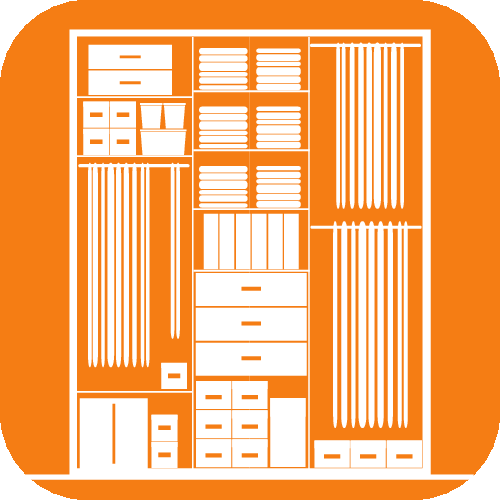



Published at DANS
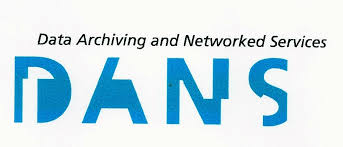

https://doi.org/10.17026/dans-znh-bcg3
>65K datasets, >38B facts
The problem of identity
AAA:
“Anyone can say anything about anything.”
AAA adapted for identity:
Anyone can say that anything is identical to anything (and they do).
bbc:sameAs
bbc:sameAs
owl:sameAs
?
Leibniz's Law
$$a = b \leftrightarrow (\forall \phi \in \Psi)(\phi(a) = \phi(b))$$
Pragmatics of owl:sameAs

Include links to other URIs. so that they can discover more things
Relatedness cannot replace identity
SKOS exactMatch indicates a high degree of confidence that two concepts can be used interchangeably across a wide range of information retrieval applications.
‘Barack Obama’ in LOD
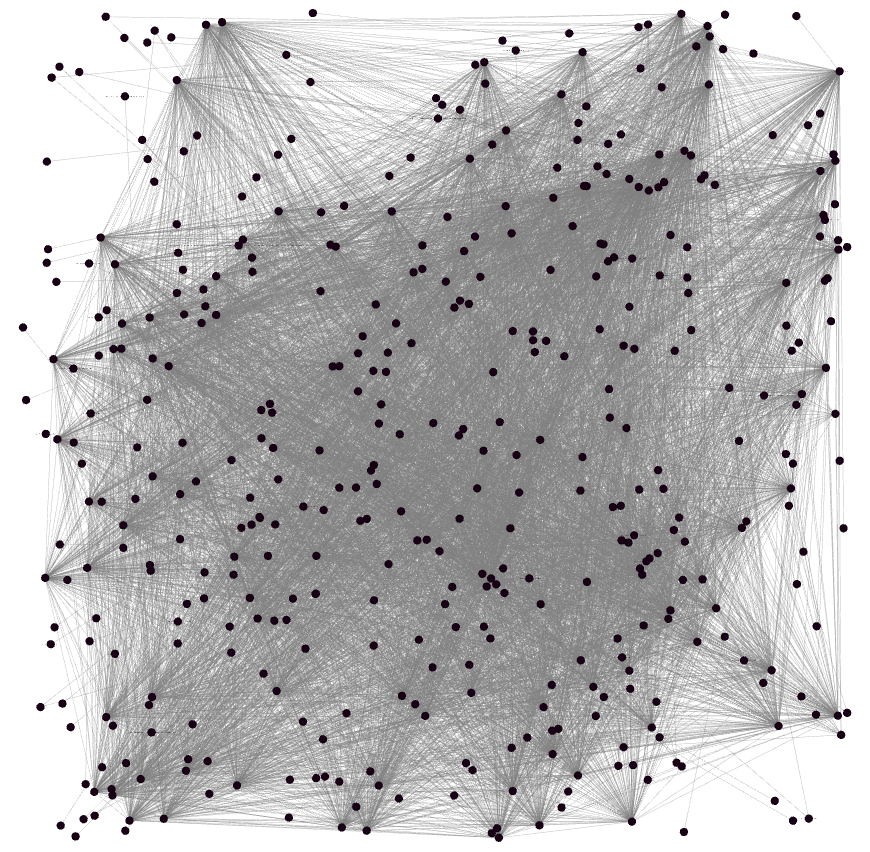
But are these links correct?
http://als.dbpedia.org/resource/Barack_Obama
http://am.dbpedia.org/resource/ባራክ_ኦባማ
http://data.nytimes.com/obama_barack_per
http://viaf.org/viaf/52010985
http://yago-knowledge.org/resource/Barack_Obama
http://rdf.freebase.com/ns/m.02mjmrhttp://dbpedia.org/resource/Administration_of_Barack_Obama
http://dbpedia.org/resource/Barack_Obama_Cabinet
http://dbpedia.org/resource/Barack_Obama_presidency
http://yago-knowledge.org/resource/Presidency_of_Barack_Obama
http://rdf.freebase.com/ns/m.05b6w1gCluster detection for ‘Barack Obama’
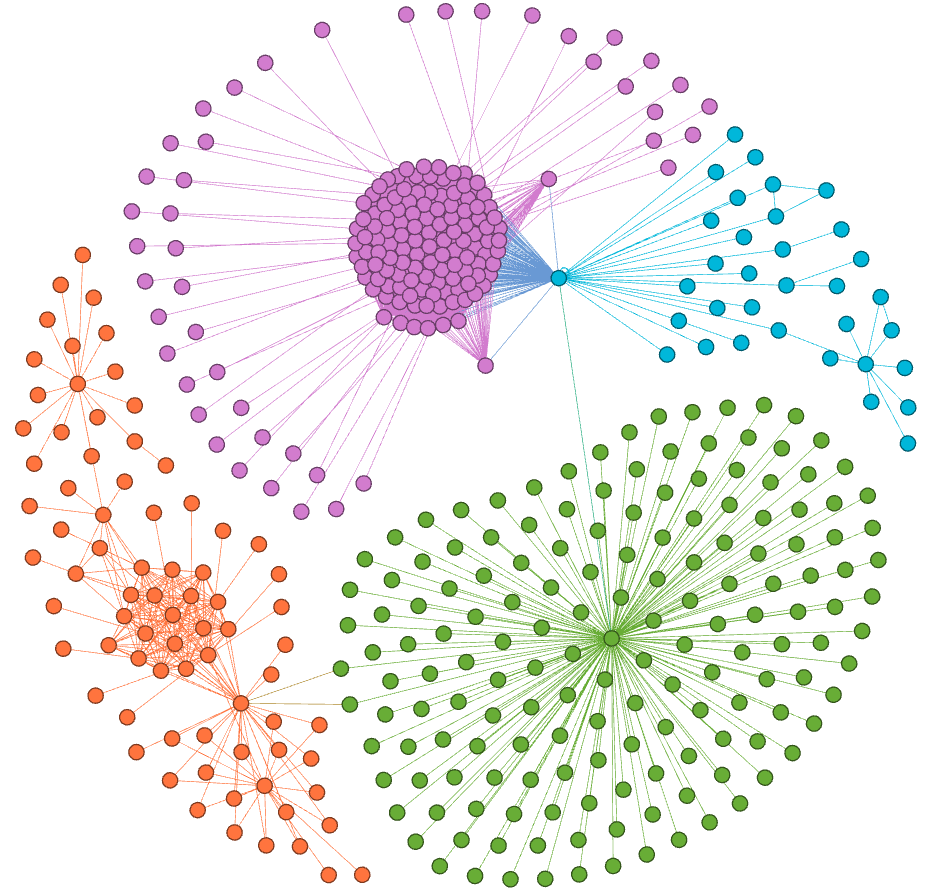
- person
- senator
- president
- government
Naming
Empirical Semantics Approach
Take a meta-assertion from Analytic Semantics and evaluate it as an empirical hypothesis.
Our semantic meta-assertion / hypothesis for naming
“Names are chosen arbitrarily and have no meaning.”
Names on the Web

Quantifying the meaning of names
Mutual Information = encode(FORMAL_MEANING) +
encode(NAMES) -
encode(FORMAL_MEANING + NAMES)Two hypotheses
- $H_X$
- Names do not encode predicate information.
- $H_Y$
- Names do not encode type information.
Evaluated over ≥600,000 datasets

Network Structure as a Proxy for Meaning
Network structure visually corresponds to aspects of meaning.
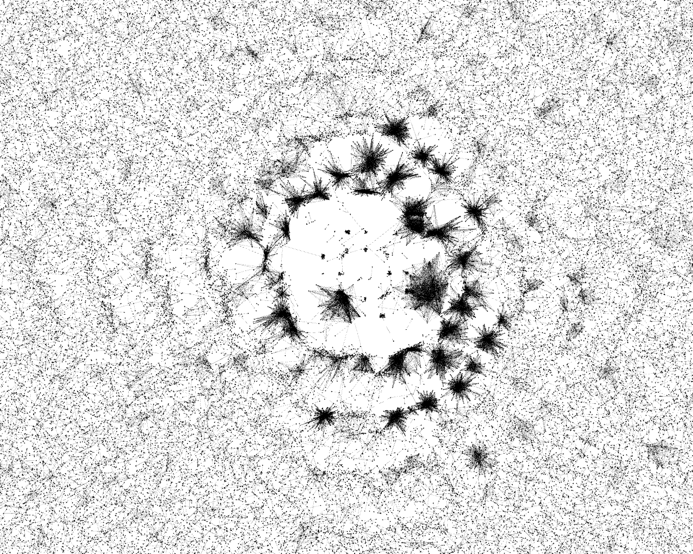
skos:exactMatch

foaf:knows

osspr:contains
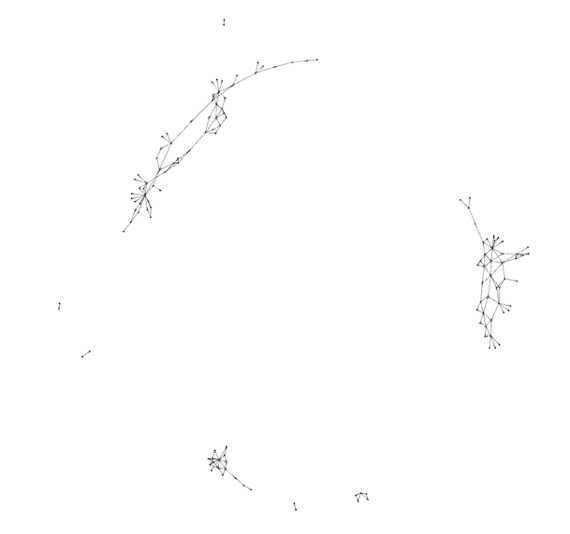
geopolitics:hasBorderWidth
Thank you for your attention!
Wouter Beek
(wouter@triply.cc),
Frank van Harmelen
(Frank.van.Harmelen@vu.nl)


Further reading
- Reproducible research
-
- L. Rietveld, W. Beek & S. Schlobach, 2015. “LOD Lab: Experiments at LOD Scale”, ISWC 2015. Best Paper Award.
- Large-scale data cleaning
-
- W. Beek, F. Ilievski, J. Debattista, S. Schlobach & J. Wielemaker, “Literally better: Analyzing and Improving the Quality of Literals”, Semantic Web Journal 2017.
- Semantic search engines
-
- F. Ilievski, W. Beek, M. Van Erp, L. Rietveld & S. Schlobach, “LOTUS: Adaptive Text Search for Big Linked Data”, ESWC 2016. Best LOD Application Award.
- Large-scale querying
-
- J. Fernández, W. Beek, M. Martínez-Prieto & M. Arias, “LOD-a-lot: A Queryable Dump of the LOD Cloud”, ISWC 2017.
- W. Beek, J. Fernández & R. Verborgh, “LOD-a-lot: A Single-file Enabler for Data Science”, 13th Int. Conf. on Semantic Systems 2017.
- W. Beek, L. Rietveld, S. Schlobach & F. Van Harmelen, “LOD Laundromat: Why the Semantic Web Needs Centralization (Even If We Don't Like It)”, IEEE Internet Computing 2016.
- L. Rietveld, R. Verborgh, W. Beek, M. Vander Sande & S. Schlobach. 2015. “Linked Data-as-a-Service: The Semantic Web Redeployed”, ESWC 2015.
- Erroneous link detection
-
- W. Beek, J. Raad, J. Wielemaker & F. van Harmelen “sameAs.cc: The Closure of 500M owl:sameAs Statements”, ESWC 2018. Best Resource Paper Award.
- J. Raad, W. Beek, F. Van Harmelen, N. Pernelle & F. Saïs, “Detecting Erroneous Identity Links on the Web using Network Metrics”, ISWC 2018.

